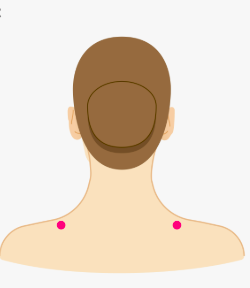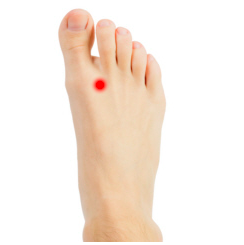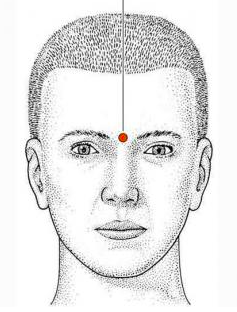
Anxiety is like an alarm system in your body. It’s normal to feel worried or scared sometimes like before a big test, a job interview, or if you’re in danger. This feeling helps you stay alert. But for some people, anxiety doesn’t turn off. It sticks around even when there’s no real threat, making everyday life harder.
What Does Anxiety Feel Like?
- In your body: Fast heartbeat, sweating, shaking, stomachaches, or feeling tired.
- In your mind: Constant worry, trouble focusing, feeling restless, or imagining the worst.
- In your actions: Avoiding places or people, trouble sleeping.
Acupressure for anxiety :
Acupressure is a natural technique where you press specific points on your body to reduce stress and calm your mind. It’s like a mini massage you can do yourself! Here are easy-to-find points to try for anxiety relief. Acupressure is a form of traditional Chinese medicine (TCM) that may temporarily relieve anxiety symptoms. It involves stimulating pressure points in the body, either on your own or with the help of a professional.
SHOULDER WELL PRESSURE POINT

The Shoulder Well Point is a common acupressure spot for easing tension, stress, and anxiety. It’s located in the shoulder muscle, where stress often builds up. Here’s how to use it:
Where is it?
- Location: Midway between the base of your neck and the tip of your shoulder (on the highest point of the shoulder muscle).
- How to find it: Tilt your head to one side—the muscle that pops up is where the point lies.
How to Press It
- Sit or stand comfortably.
- Use your opposite hand’s thumb or fingertips to press firmly but gently into the Shoulder Well Point.
- Apply steady pressure for 30 seconds or 1 minute while taking slow, deep breaths.
- Repeat on the other shoulder.
HEAVENLY GATE POINT

It can help reduce anxiety, Insomnia, and stress. The heavenly gate pressure point is on the upper shell of the ear. To use this point: Apply firm, gentle pressure in a circular motion for 2 minutes.
Locate the point in your ear. It might help to use a mirror.
SHOU SAN LI POINT

The Shou San Li Point is a powerful acupressure spot on your arm. It’s part of the Large Intestine Meridian and is known for boosting energy, calming stress, and easing anxiety.
How to Press It
- Sit comfortably and relax your arm.
- Use your opposite thumb to press firmly (but gently) on the point.
- Apply steady pressure in circular motions for 1–2 minutes.
- Repeat on the other arm.
GREAT SURGE POINT

The Great Surge Point is a good acupressure spot on the foot linked to emotional balance. It is known for calming anger, frustration, and anxiety while promoting overall relaxation.
How to Press It : Repeat on the other foot. Sit comfortably and relax your foot.Use your thumb or fingertip to press firmly but gently into the point.Apply steady pressure or small circular motions for 1–2 minutes.
HALL OF IMPRESSION PRESSURE POINT

The Hall of Impression Point is a calming spot between your eyebrows, often called the Third Eye. It’s famous for quieting the mind, easing stress, and soothing anxiety.
How to Press It: Imagine releasing mental clutter with each exhale. Sit or lie down comfortably. Close your eyes.Use your index or middle fingertip to press gently on the point.Apply steady, soft pressure for 1–2 minutes while breathing slowly.
CLICK HERE TO KNOW MORE
Also read : 10-symptoms-of-anxiety-and-stress
Also read : top-10-symptoms-of-anxiety-and-stress
Also read : the-3-secrets-to-anti-aging-and-burning-belly-fat-fast
Also read : top-effective-5-seed-water-for-reducing-belly-fat-and-stuck-weight
CONCLUSION :
Acupressure is a simple, natural tool to help manage anxiety by tapping into your body’s own healing power. While it’s not a cure-all, it can ease tension, calm racing thoughts, and bring quick relief during stressful moments. Anxiety is tough, but tools like acupressure remind you that you have power to care for your mind and body. Keep experimenting, stay patient, and celebrate progress—no matter how small.
Disclaimer: The content on earthdispatches.com is for informational and entertainment purposes only. It is not intended to be a substitute for professional medical advice, diagnosis, or treatment. Always seek the advice of your physician or other qualified health provider with any questions you may have regarding a medical condition.

